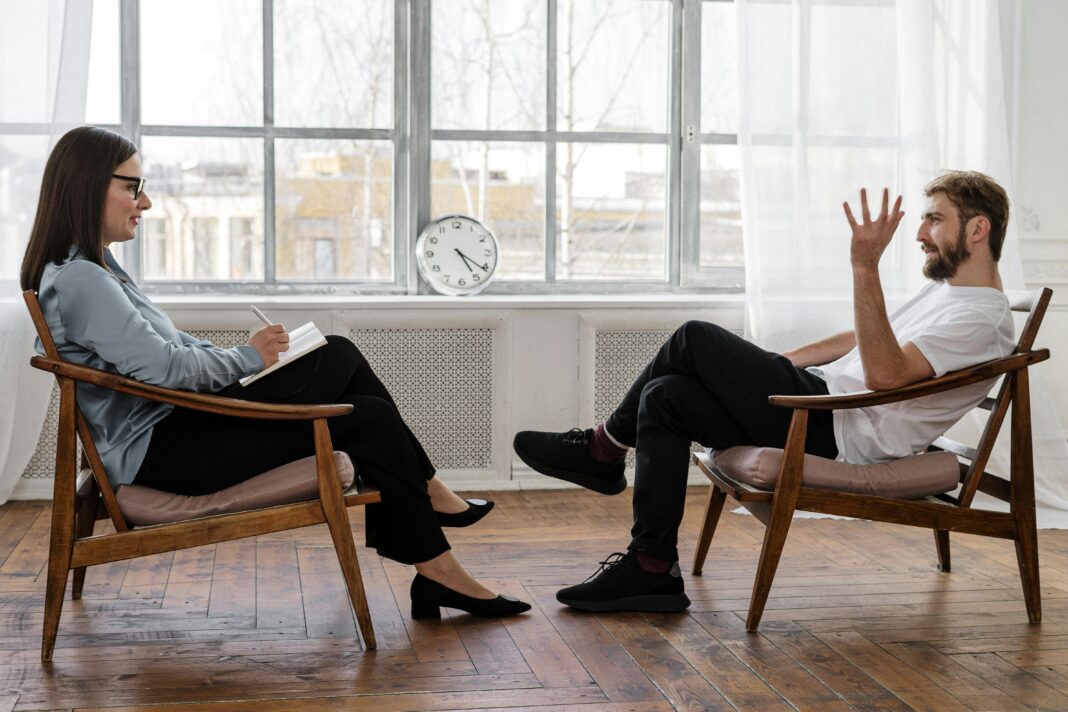Introduction to Creative Healing
In the modern world, where mental health awareness is gaining more attention, the therapeutic benefits of creativity are becoming increasingly recognized. Creativity is not only a source of personal fulfillment and joy but also a powerful tool for building emotional resilience. Engaging in creative activities offers an expressive outlet that can help individuals process feelings, reduce stress, and enhance mental well-being.
The Connection Between Creativity and Emotional Health
Creativity involves using the imagination or original ideas to create something; in the context of mental health, this can mean anything from painting and writing to dance and music. Engaging in these activities does more than distract the mind—it stimulates emotional expression in a way that can be profoundly therapeutic.
- Expression of Unspoken Emotions: Creative arts provide a safe space where thoughts and feelings can be expressed without words.
- Stress Relief: Activities like painting or playing music can induce a state of flow, similar to meditation, where an individual becomes fully immersed in the activity, helping to alleviate stress.
- Enhanced Self-Understanding: Through creating, individuals can reflect on their emotional state, leading to greater self-awareness and insight.
Ben Courson on Creative Practices
Mental health advocate Ben Courson has emphasized the importance of creativity in fostering emotional resilience. According to Courson, engaging in creative acts allows individuals not only to cope with their mental health struggles but to thrive despite them. He advocates for the inclusion of creative therapies in traditional mental health treatment plans, highlighting how these activities offer unique ways to connect with and heal the inner self.
Creativity in Therapy: Techniques and Approaches
Therapeutic approaches that incorporate creativity have been shown to be effective in treating various psychological issues, including anxiety, depression, and PTSD. Here are some ways creativity is integrated into therapy:
Art Therapy
Art therapy involves the use of artistic methods to treat psychological disorders and enhance mental health. This form of therapy is guided by a credentialed therapist who encourages patients to express themselves through art. Techniques may include drawing, painting, sculpture, or collage, which help individuals to visualize emotions and confront unresolved issues.
Music Therapy
Music therapy utilizes music to address the physical, emotional, cognitive, and social needs of individuals. By engaging in music therapy, patients may experience emotional catharsis, improved mood, and reduced anxiety. Therapists might use activities like listening to melodies, playing instruments, or writing songs.
Writing Therapy
Writing therapy, or journaling, involves expressing one’s feelings and thoughts through written words. It is a highly accessible form of therapy that can help individuals process emotions and gain clarity on their mental state. Prompts may be used to guide writing sessions, focusing on specific events or emotions to foster deeper reflection and understanding.
Community and Group Creativity
Participating in community arts programs or group creative sessions can enhance the therapeutic effects of creativity. These settings provide social support and validation, which are key components of emotional resilience. Group settings also offer:
- Shared Experience: Working with others in a creative endeavor provides a sense of belonging and reduces feelings of isolation.
- Feedback and Collaboration: Engaging with peers provides different perspectives, encouraging personal growth and new ideas.
Challenges and Considerations
While creativity is a valuable tool for emotional resilience, there are some considerations to keep in mind:
- Accessibility: Not everyone may feel skilled or confident in their creative abilities. It’s important for therapy leaders and workshop facilitors to create an inclusive environment that welcomes all levels of experience.
- Emotional Intensity: Sometimes, creative expression can bring up intense emotions. Proper guidance from a trained therapist or facilitator is essential to navigate these feelings safely.
Conclusion: Embracing Creativity for Mental Wellness
The act of creating offers a powerful means of expression, reflection, and connection, playing a crucial role in building emotional resilience. As Ben Courson suggests, integrating creativity into our lives and mental health strategies not only helps manage distress but also enriches the human experience. Whether through art, music, or writing, creativity holds the key to not just surviving but thriving in the face of life’s challenges. By encouraging creative expression, we can foster a more resilient, supportive, and emotionally aware society.
